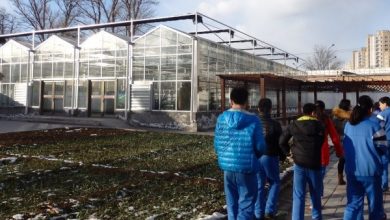Types of trees for garden
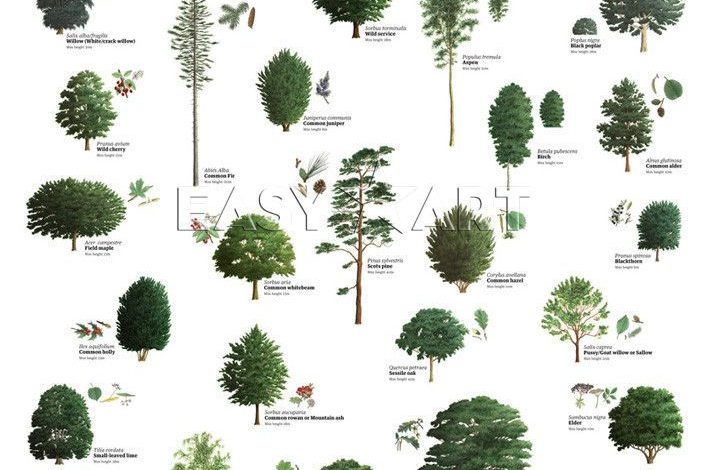
Ornamental trees offer colorful flowers and foliage, as well as striking textures capable of bringing life to any garden, terrace or balcony. In addition, many of them have the ability to contribute to the good health of the planet, so it is convenient to know their characteristics to choose the most appropriate one.
Regardless of the size of your garden, it is important to know how to select the types of trees or what you are going to place, but when you have little space you have to pay more attention to details. Therefore, it is best to make the decision based on the tree’s renewal capacity and the size it can reach, in this way, you avoid future problems.
In addition, it is necessary to have some quality instruments that facilitate the planting process, such as a hoe, a rake and a wheelbarrow to transport the soil. In this sense, it is good to know that the best shovels allow you to do this type of activity in a simple way. But if you already have the right tools, then you just need to know about a few tree options.
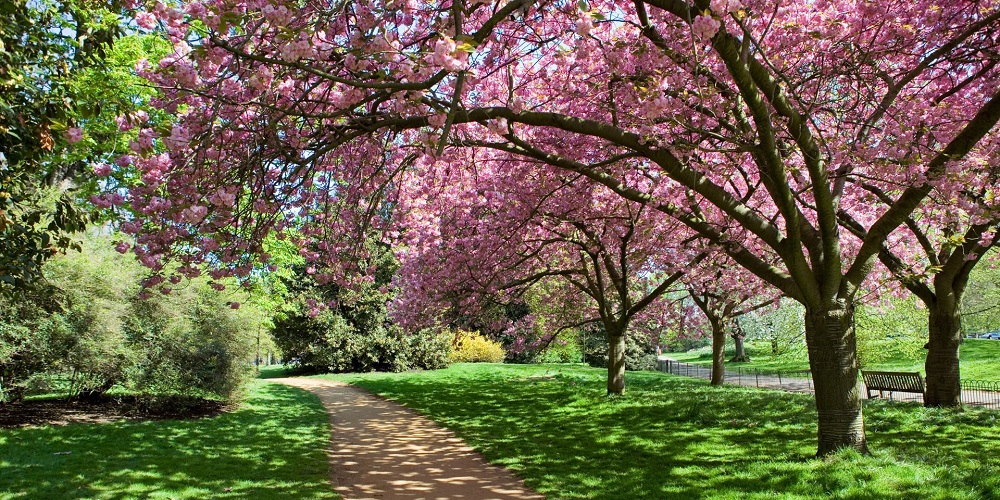
Is an evergreen or deciduous tree better?
The main function of garden trees is that they are aesthetically more pleasing to the eye compared to common trees, so they are indicated to be part of the decoration of any space. In this sense, it is important to be able to differentiate between an evergreen tree and a deciduous tree.
Evergreen trees have the peculiarity of not losing their leaves when autumn arrives, since they renew them progressively throughout the year, in this way, the branches are never empty. However, deciduous trees lose their leaves completely with the arrival of autumn, so your garden or terrace can lose its attractiveness, in addition, this implies that you must continuously clean the leaves.
Importance of size when choosing a garden tree
The most ideal thing is that in a small or small garden you only plant shrubs or small trees that do not exceed 10 m in height, since a large tree may not provide the same visual delicacy as a small tree. Also, if your garden is on a terrace or you want indoor trees to plant in pots, then it is best to select those species that do not exceed 2 or 3 m in height, since they could touch the ceiling of the room and subtract attractive to space.
Some of the most popular garden trees
The holly or Ilex aquifolium is one of the most popular beautiful trees among users, since it has evergreen leaves and stands out for offering a crimson red fructification, which has a shape of globose doubles and achieves a great contrast with the intense green of the leaves. These plants resist freezing climates and can reach 10 m in height, however, if you apply topiary art you can give them a reduced form to decorate the garden or use as potted trees in open spaces.
If you are looking for flowering trees, then the golden mimosa or Acacia baileyana is a good choice to add color to a small garden, as it has clusters of deep yellow flowers that contrast with the grayish evergreen leaves. As for height, it can reach between 3 and 10 m, although growth is usually slow, which allows you to adapt it to space. On the other hand, it is good to know that this tree requires sun, but it can tolerate cold weather well and is capable of offering a pleasant perfume during winter.
The frangipani or Plumeria rubra is one of the best trees for terraces, since it is capable of growing in partial shade, which means that it does not have to receive direct sun for proper development. Also, it has attractive white and pink flowers that give off a pleasant perfume, likewise, the leaves reach up to 20 cm in length, while the tree can be between 5 and 8 m tall, making it relatively small. In addition, it is a tropical species with evergreen leaves, from Central America, South America and Mexico, so it does not tolerate cold weather or excess humidity.
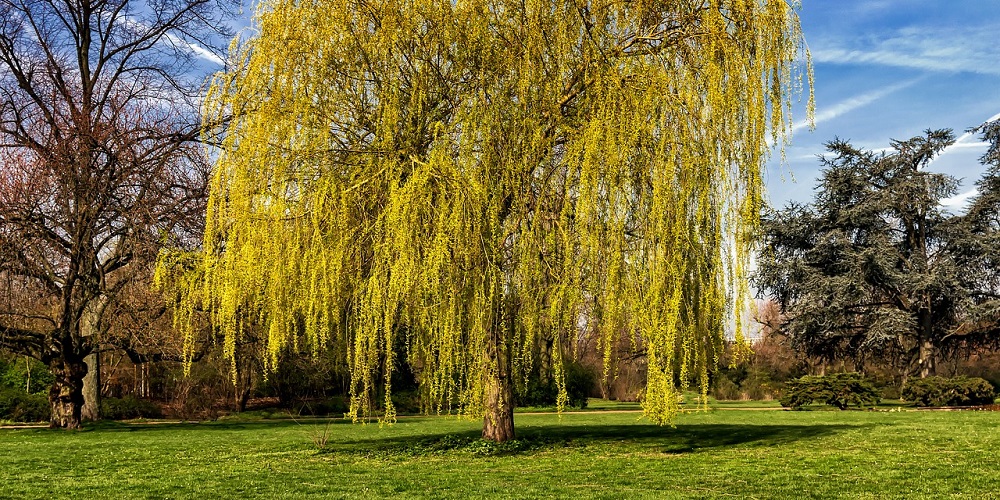
With regard to fast-growing or medium-speed trees, we can highlight the cherry blossom or cherry tree of Japan, for being native to that country. The main characteristic of this tree is that it has deciduous leaves, which are reddish during the fall but turn into a show of pink, white or purple flowers on the bare branches in late winter. In this sense, it must be planted in temperate climates, it does not require the sun for its development and it reaches up to 5 m in height.
If what you want is to give a tropical touch to your small garden, the loquat or Eriobotrya japonica is the right tree, since the combination of colors that its leaves and fruits offer is quite interesting. In this sense, it has large perennial leaves that are greyish on the underside, which bloom in the fall and in the spring bear intense orange fruit. On the other hand, it is a medium-slow-growing tree native to Southeast China and Asia. It reaches a maximum of 8 m in height and although it grows well in the sun, it is one of the light shade trees that can withstand even drought.
On the other hand, the Japanese maple or Acer palmatum is the right tree if you prefer a garden decorated with autumn colors. It stands out for having a naturally striking and romantic structure, made up of yellow or reddish leaves at the end of autumn. Additionally, the Japanese maple can reach 10 m in height and is in the group of fast-growing shade trees, although initially the development is a bit slow.

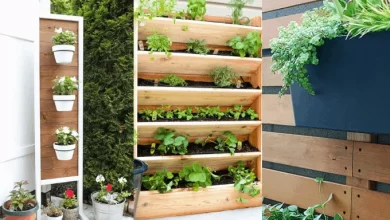
![Photo of Onion Diseases: [Characteristics, Types, Detection and Treatment]](https://www.complete-gardening.com/wp-content/uploads/2022/08/onion-diseases-characteristics-types-detection-and-treatment-390x220.jpg)

